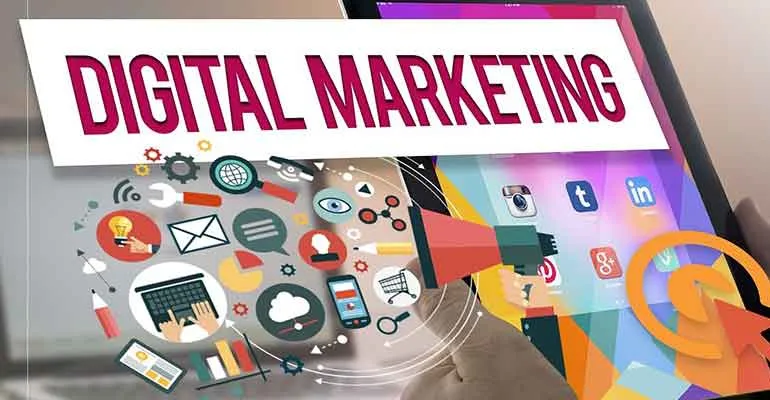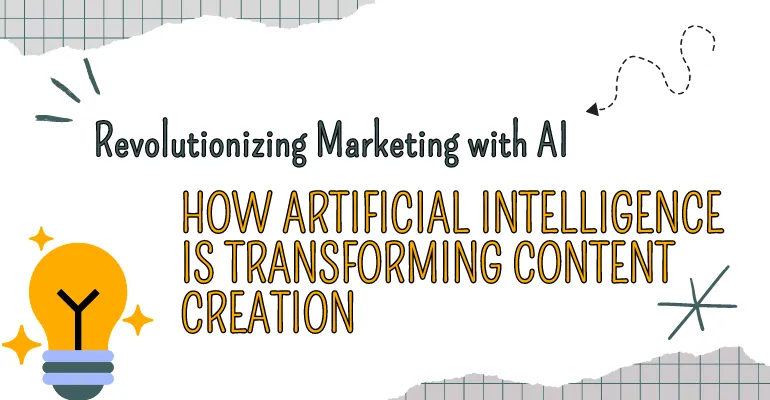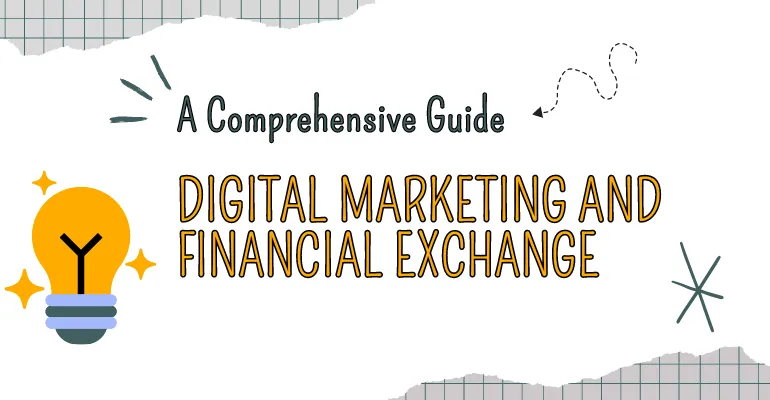How to Use Data Analytics to Drive Your Digital Marketing Success
Data is at the heart of every successful digital marketing strategy. In a world where every click, scroll, and like tells a story, businesses that leverage data analytics are better positioned to understand their customers, optimize their marketing campaigns, and achieve measurable growth. But how exactly can data analytics be used to drive digital marketing success? Let’s explore the key ways you can harness the power of data to elevate your marketing game.
1. Understand Your Audience on a Deeper Level
One of the most powerful uses of data analytics in digital marketing is understanding who your audience is. Data allows you to go beyond basic demographics and dig into behaviors, preferences, and needs. By analyzing data from various sources—like your website, social media channels, and customer interactions—you can build detailed customer personas.
How to Do It:
– Use tools like Google Analytics to gather data on website visitors, including age, gender, location, and behavior patterns.
– Analyze social media metrics to understand what content your audience engages with most.
– Implement surveys and feedback forms to gather direct insights into customer preferences.
By understanding your audience more deeply, you can create more targeted and effective marketing campaigns that resonate with your customers.
2. Optimize Your Marketing Campaigns in Real-Time
Data analytics enables you to track the performance of your digital marketing campaigns in real time. This means you don’t have to wait until the end of a campaign to see what worked and what didn’t—you can adjust your strategy as you go.
What to Focus On:
– Monitor key performance indicators (KPIs) like click-through rates (CTR), conversion rates, and bounce rates.
– Use A/B testing to experiment with different versions of your ads, emails, or landing pages to see which performs better.
– Adjust targeting, ad spend, or content based on real-time data insights to maximize your ROI.
3. Personalize Customer Experiences
Today’s consumers expect personalized experiences. Data analytics allows you to tailor your marketing efforts to individual customers or segments. For example, by analyzing customer purchase history and browsing behavior, you can recommend products or services that are most likely to interest them.
Steps to Personalization:
– Use data from past interactions to create personalized email marketing campaigns that address the unique interests and behaviors of each customer.
– Leverage machine learning algorithms to deliver personalized content on your website or app.
– Segment your audience based on data insights to create targeted social media campaigns.
Personalization not only enhances customer satisfaction but also increases conversion rates and customer loyalty.
4. Predict Future Trends and Customer Behavior
Predictive analytics is a game-changer in digital marketing. By analyzing past data, you can forecast future trends and customer behaviors. This allows you to be proactive rather than reactive in your marketing strategy.
How to Leverage Predictive Analytics:
– Use historical data to predict which products will be in demand in the future and adjust your inventory and marketing efforts accordingly.
– Analyze customer lifetime value (CLV) to identify high-value customers and focus your marketing efforts on retaining them.
– Utilize predictive models to understand the likelihood of churn and implement strategies to retain at-risk customers.
By anticipating customer needs, you can stay ahead of the competition and ensure long-term success.
5. Measure and Demonstrate ROI
One of the biggest challenges for marketers is proving the ROI of their efforts. Data analytics helps bridge this gap by providing concrete evidence of how marketing activities impact the bottom line.
Steps to Measure ROI:
– Set clear, measurable goals for your digital marketing campaigns.
– Use tools like Google Analytics, HubSpot, or other marketing automation platforms to track every stage of the customer journey.
– Analyze metrics like cost per acquisition (CPA), customer lifetime value (CLV), and return on ad spend (ROAS) to determine the effectiveness of your campaigns.
By accurately measuring ROI, you can make data-driven decisions that justify marketing investments and guide future strategies.
6. Enhance Content Marketing Strategy
Content is king, but not all content is created equal. Data analytics helps you understand which types of content resonate most with your audience, what formats they prefer, and which channels are most effective.
Key Actions:
– Use data to identify top-performing blog posts, videos, or social media content and replicate their success.
– Analyze search engine data to identify high-value keywords and optimize your content for SEO.
– Track engagement metrics like time on page, social shares, and comments to determine which topics and formats drive the most engagement.
By creating data-driven content, you can attract and retain a larger audience, drive more traffic, and boost conversions.
Conclusion: Data-Driven Marketing for Greater Success
Data analytics is not just a tool; it’s a strategy that can transform your digital marketing efforts. By understanding your audience, optimizing campaigns in real-time, personalizing customer experiences, predicting future trends, measuring ROI, and enhancing content strategy, you can achieve greater marketing success.
Start leveraging data analytics today to turn insights into action and stay ahead in the competitive digital landscape.














